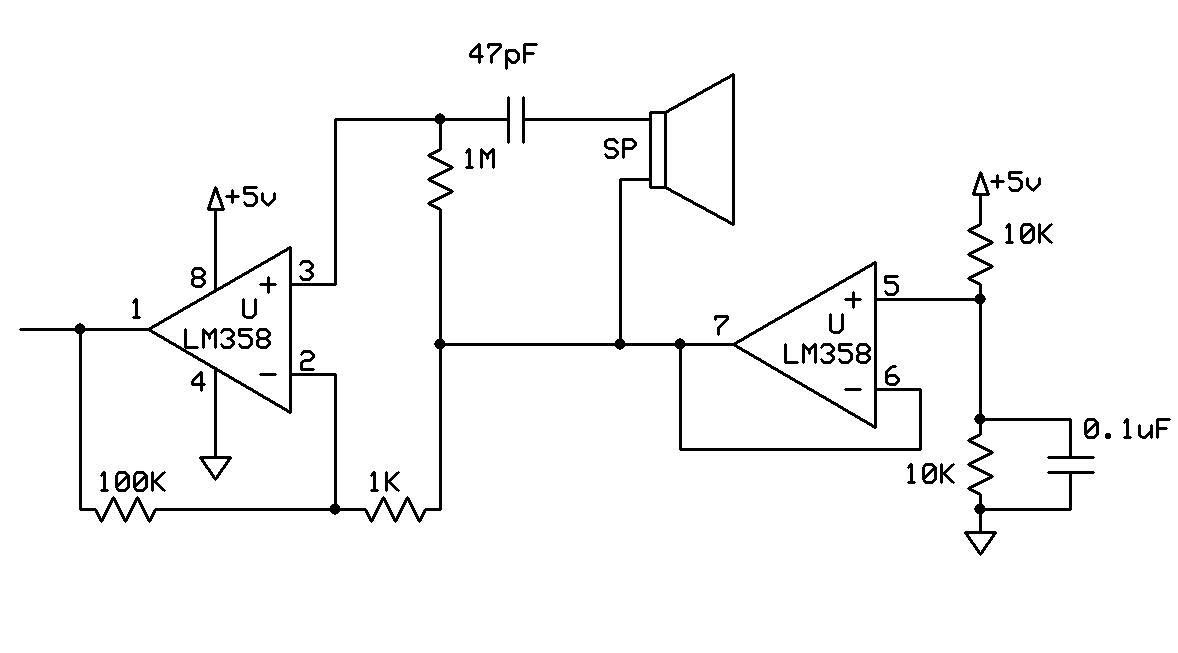gameelgamal
Member level 5
Hi....
I want to apply a signal with a frequency of 40 kHz to 741 op-amp for amplifying it with a gain of 100.
My question is: Can 741 Op-Amp do that??
In other words, What is the Max frequency that 741 Op-Amp can deal with without problem???
Another question, Can I connect the negative supply pin of the OP-Amp to GND???
I want to apply a signal with a frequency of 40 kHz to 741 op-amp for amplifying it with a gain of 100.
My question is: Can 741 Op-Amp do that??
In other words, What is the Max frequency that 741 Op-Amp can deal with without problem???
Another question, Can I connect the negative supply pin of the OP-Amp to GND???
